Namibia part 2: red, black and gold, with a little bit of green
- Guy Mavor
- Aug 22
- 5 min read
Updated: Aug 23

After an hour on rutted roads, passing the occasional acacia hanging on in rocky, sparser grasslands (the closer you get to the sea, the less rainfall there is in Namibia) with spectacular mountains as backdrop, we spot our first oryx (sorry again!), then springbok and a weird castle-shaped hotel. We see red sand, initially piling up against black mountains, then enormous dunes in the distance as we approach the entrance to Kulala Desert lodge's reserve. Take away the grass and we could be on Mars. But there is life in this desert. We interrupt a snoozing jackal on the approach road to the lodge and see more oryx.
Later, we will glimpse the outline of a brown hyena trotting past our room in the dark, and our guide Alfred will take us on a night-time scorpion (we see two) walking-safari-by-UV-light, during which I will have to hold hands with a man as big as me ‘for safety’ (Hi Joel!), or possibly for Alfred’s amusement. There is deep knowledge but also mischief in his guiding. He makes the desert fun.

Kulala is in a lovely setting, fanning out from a central area, complete with pool (cold in winter...) on the edge of the dry, tree-lined Tsauchab river. It sits in a 37,000 hectare reserve, impressively rehabilitated from livestock, with its own gate into the park, which avoids possible queues at the main gate.
To call it a ‘very polished’ operation would be true, as it is a Wilderness camp, but it would also not do justice to its warm-heartedness of the people who work there. They are excellent, multilingual, knowledgeable hosts, but they are also clearly enjoying themselves hosting us. And the food is delicious.
At Kulala, you can also sleep out on the roof of your room and gaze at the singing stars, although in July it is cold. We content ourselves with a moonrise (photos above - iPhone makes it brighter) over the Naukluft mountains to the east, bright red from the dust of the desert, before heading back down the ladder to bed. A braver family than us slept out and loved it.
We are up early and into the desert the next morning, sharing our vehicle with Dutch but Aussie (Aussie but Dutch?) honeymooners Celine and Joel, to beat the ‘crowds’. It is a big landscape, and nowhere does it feel remotely crowded, especially not at the top of Big Daddy dune, which we climb for a panoramic view of the desert and Deadvlei, a cracked clay pan below.
The stillness is astonishing. By the time we run down the dune (fun!), its sand squeaking as it compresses underfoot, and walk across the pan, hundreds of people have arrived to photograph its dried-out acacias. These died after dune movement altered the Tsauchab watercourse 900 years ago and are preserved in the dry desert air.
The volume of people is not surprising, given the beauty of the place and the plane/truck/carloads of tourists arriving in the country every day (you can also enter Namibia by occasional super-luxury train but sadly the Royal Mail ship from the UK stopped sailing to Walvis Bay in 2016 and is now an expedition ship in Ushuaia, in Argentina), but the lady walking barefoot towards one of the trees while her guide carried her high-heeled boots behind her was a bit much. Someone chose the wrong footwear this morning, I thought, but no: she put them on at the tree and an excited photoshoot with a friend ensued, the tree a mere prop.

To me, the Namib is so much more than a photogenic backdrop for our Instagram stories. But even Alfred took us to the best trees for the unusual shot. Give the customers what they want is clearly the mantra, and clearly this is what customers have wanted here, but we are not really there for that. Alfred’s knowledge, as a bushman (not a pejorative term if used positively, and I have nothing but positives here) from the Etosha region, goes far deeper than that, and, as with all the best guides, he can also give us what we didn’t know we wanted. While Lily and I climbed up the dune, Sian and Alfred go looking for dune larks and dancing white lady spiders, which create a trapdoor to catch prey. It is indistinguishable from the surrounding sand but solid, and quite eerie when it is opened. The night-time scorpion safari was also great fun.

There is life everywhere in this desert if you look closely. We didn’t see the tips of sidewinding adder tails sticking out of the ground (they are nocturnal), but as we climbed the dune, we saw beetle, lizard and hairy-footed gerbil tracks.
Over the ridge in Sossusvlei, there is plenty of vegetation, camelthorn trees especially, which support sociable weaver colonies. These presumably feed on something. The pan also flooded this year, which drew in oryx and springbok, and predators such as leopard and cheetah, as well as scavengers like jackals and brown hyenas behind them. Desert foxes live here year-round. Even now, there is food to be had, and moisture too, from bitter Tsamma melons, produced by a plant which otherwise seems to be composed of thorns. Its roots can go down 40 metres, bringing any moisture it finds to the melons at the surface, whose seeds are then scattered by animals eating them.

We are back at the lodge for lunch and a brief swim (it really is cold thanks to the plummeting night-time temperatures) / read / sleep by the pool, before an afternoon trip to Sesriem canyon. It is a little underwhelming after the majesty of the dunes, but Alfred makes it interesting, pointing out spider nests and holes, and the nesting perches of owls. There is water in pools at certain points, with tadpoles in it, which would have been more surprising had we not encountered them in the mountains too, as well as baboon tracks around it. A guided sundowner bush walk along the Tsauchab riverbed is also on offer here and would have been better.
Dinner is again delicious, and the whole-staff singing and dancing afterwards is joyful indeed.
If you have the means, Kulala is a beautiful and peaceful place to spend more than two nights and really relax surrounded by warm, friendly people (and the DB&B option is much less than the all-inclusive one, although you will want to do the activities on offer). But it has stretched our budget somewhat (as does the next morning’s glorious/terrifying activity) so we reluctantly move on.




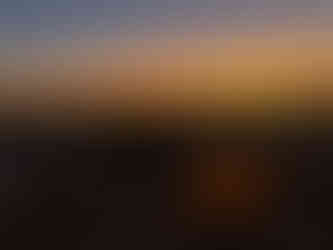



















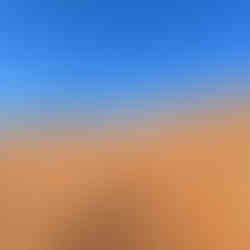



















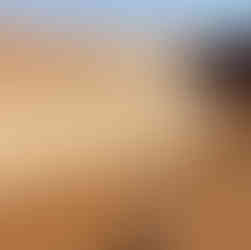















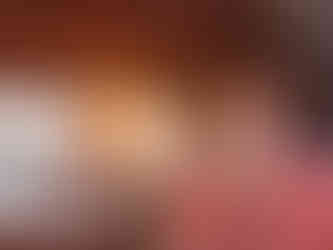







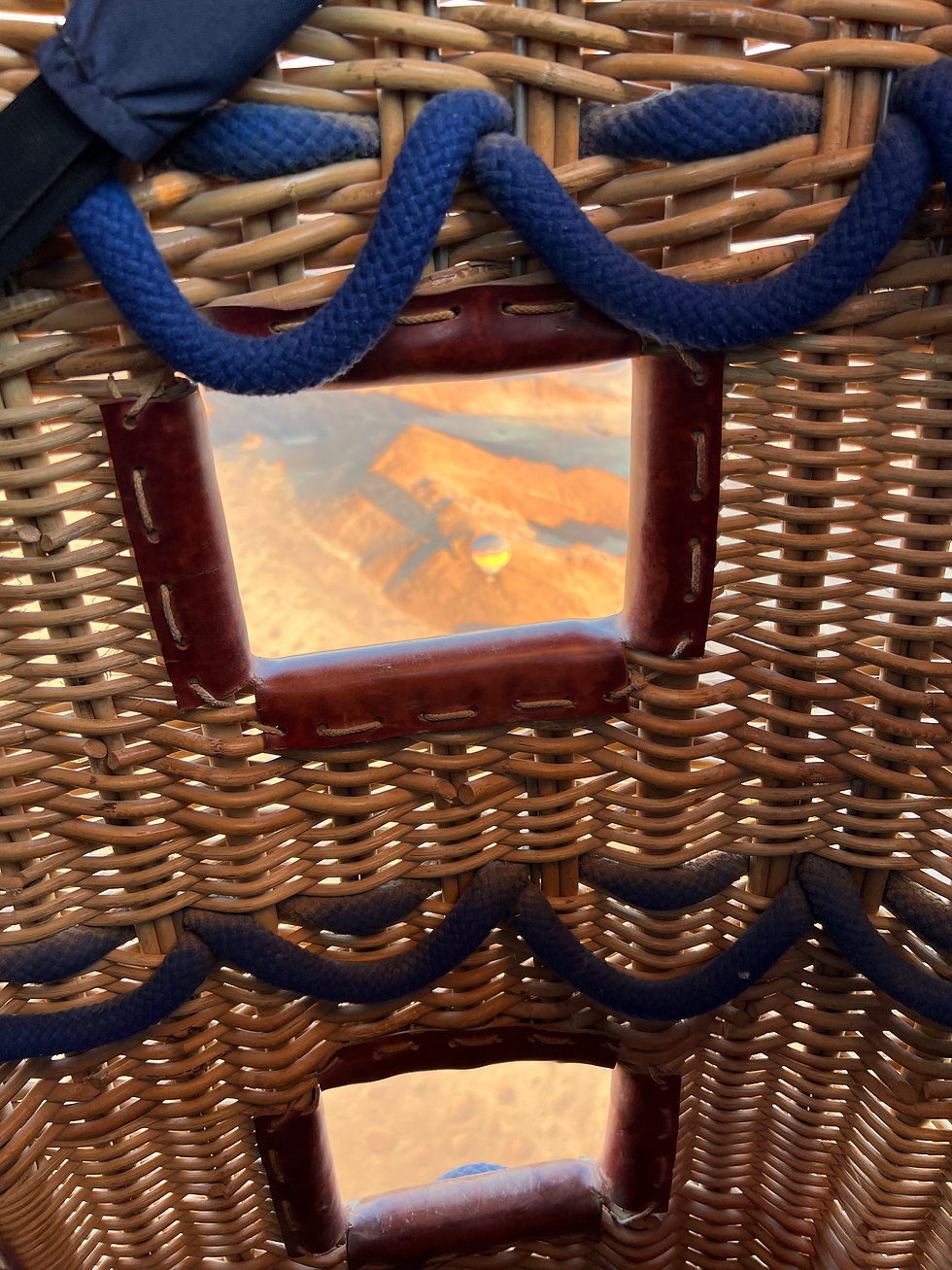

Comments